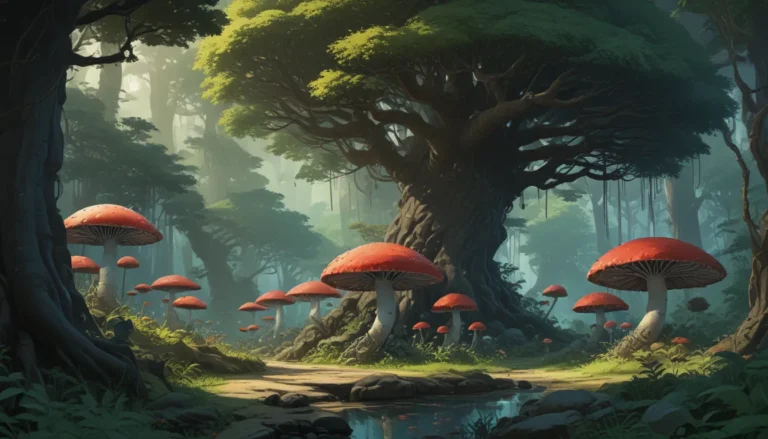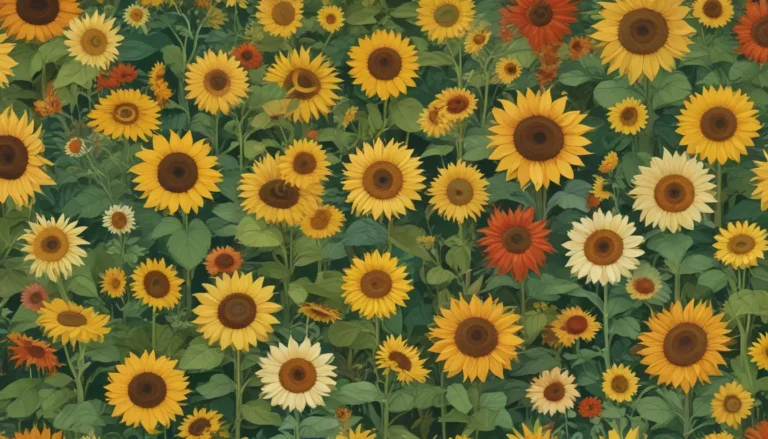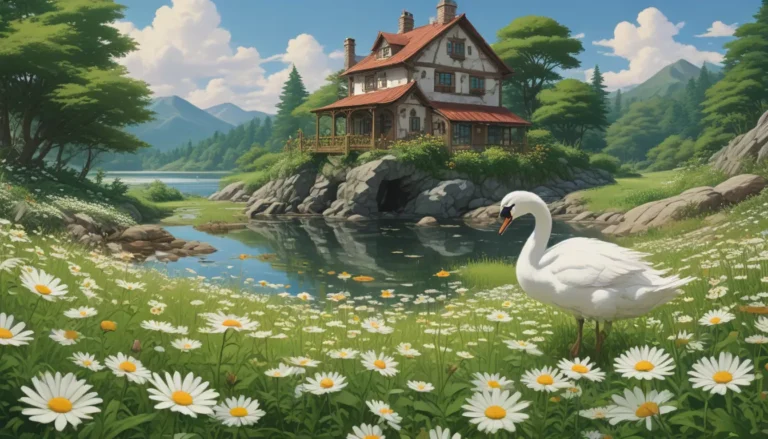A Comprehensive Guide to Planting Succulents in the Pacific Northwest

Living in the Pacific Northwest presents a unique opportunity to grow a variety of succulents outdoors. Yes, you read that right! Despite the soggy weather typical of the region, there are many succulent species that thrive in the PNW. In this detailed guide, we will explore everything you need to know about planting succulents in the Pacific Northwest, from selecting the right species to providing protection for your plants.
What You’ll Learn
As we dive into this topic, we will cover the following key points:
- Selecting the Right Species
- When to Plant
- Where to Plant
- Providing Protection
Let’s get started!
Selecting the Right Species
Before you start planting succulents in your garden, it’s essential to consider the USDA Hardiness Zone rating for the specific species or cultivar you want to grow. Choose species that are hardy to your specific region and can tolerate the unique climate of the Pacific Northwest, which experiences mild, cool, wet winters and warm, dry summers.
Some native succulents that thrive in the PNW include Yucca, Dasylirion spp., Manfreda spp., Dudleya spp., Sedum spp., Talinum spp., and certain Agave species like A. utahensis. These plants have adapted to the wet conditions of the region and can thrive in your garden.
When selecting succulents, consider native species like Dudleya, Sedum oreganum, S. oregonense, and S. spathulifolium, which are well-suited to the coastal climate of Washington, Oregon, and northern California.
When to Plant
The best time to transplant succulents in the Pacific Northwest is in the spring. This gives the plants ample time to develop strong root systems before the wet winters arrive. However, avoid planting during the heaviest period of springtime rain to prevent waterlogged soil.
While a little rain won’t harm the plants, avoid planting during prolonged rainy periods that can turn the soil into a mud puddle. Look for a dry window in the weather forecast to ensure successful transplanting.
Avoid planting succulents in the winter months and during the hottest part of summer to protect them from extreme weather conditions.
Where to Plant
Consider the specific microclimates in your garden when choosing planting locations for your succulents. Look for areas with good drainage and sun exposure to ensure the plants thrive.
Given the prevalence of clay soil in many parts of the PNW, consider amending the soil with fine grit to improve drainage. Alternatively, plant succulents in raised beds or containers to control moisture levels.
If you are growing species that are slightly outside your USDA Hardiness Zone, you can create microclimates in your yard by placing the plants near heat-retaining surfaces or in protected areas to mimic the warmer conditions of a higher zone.
Understand the natural environment of the plants you are growing to provide the best care. For succulents that require rocky soil, consider creating raised rock beds to simulate their natural habitat.
Providing Protection
Even after selecting the right species and planting them in suitable locations, you must provide protection for your succulents. During late spring freezes, cover delicate plants with frost cloth or position them strategically to shield them from direct sun exposure.
A thick layer of mulch can help protect the roots from temperature fluctuations during winter without covering the foliage. Additionally, consider other methods of winter protection based on the specific needs of your plants.
By providing adequate protection, you can ensure the long-term health and survival of your succulents in the Pacific Northwest.
Bringing the Desert Vibe to the Rainy PNW
Despite the rainy reputation of the Pacific Northwest, growing succulents is not only feasible but can also add a unique touch to your garden. Succulents that store water during the wet season and thrive in dry summers are well-suited to the region’s climate.
Whether you are a beginner or experienced gardener, experimenting with succulents can bring a desert vibe to the lush landscapes of the PNW.
Share your thoughts in the comments section below. What succulent species are you planning to grow in your garden, and in which Zone do you reside?
Excited to delve deeper into the world of succulents? Check out these informative guides for additional insights:
- How to Grow and Care for Starfish Flower Cactus
- How to Propagate Epiphyllums from Cuttings
- How to Grow and Care for Succulents
Remember, the key to successful succulent gardening in the Pacific Northwest lies in understanding your plants’ unique needs and providing them with the right care and environment.
Thank you for taking the time to read this detailed guide on planting succulents in the Pacific Northwest. Whether you’re a seasoned gardener or just starting out, I hope you found valuable information to help you cultivate thriving succulent gardens in this beautiful region. Happy planting!





